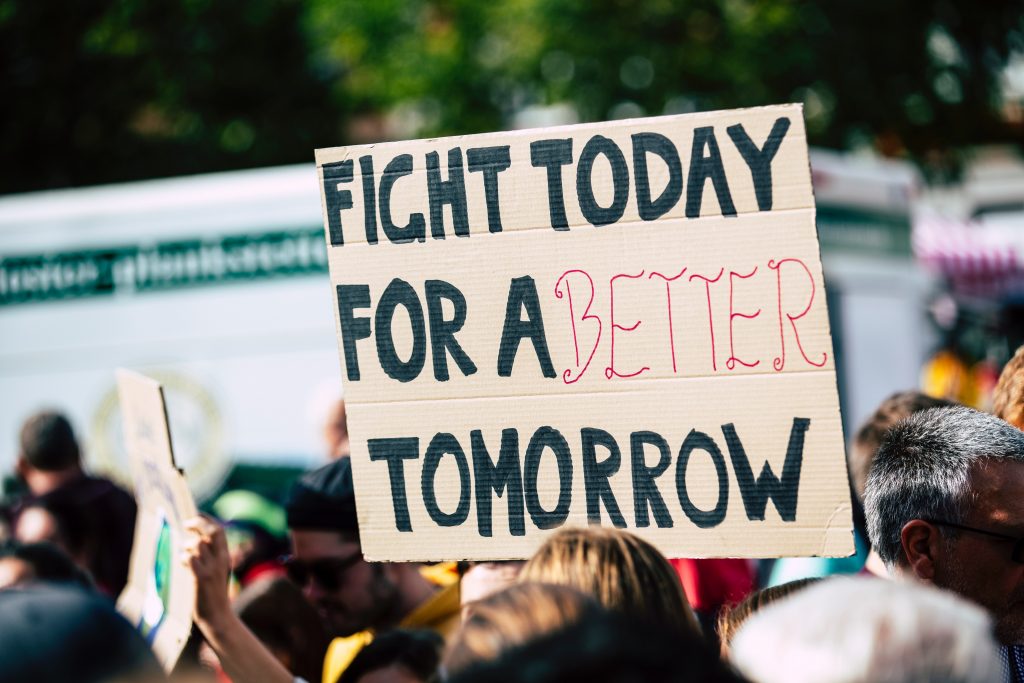Over 1 billion people live with some form of disability according to the World Health Organisation. and an estimated 386 million of the world’s working-age people have some kind of disability, according to theInternational Labour Organization (ILO).
A disabilityis any condition of the body or mind (impairment) that makes it more difficult for the person with the condition to do certain activities (activity limitation) and interact with the world around them (participation restrictions). There are many types of disabilities, such as those that affect a person’s movement, vision, thinking and learning abilities, hearing, mental health and more.
Unemployment among the persons with disabilities is as high as 80 per cent in some countries. Often employers assume that persons with disabilities are unable to work. In addition to that, they have lower earnings than persons without disabilities. They are often relegated to low-level, low-paid jobs with little social and legal security, or segregated from the mainstream labour market, according to the ILO.
In this Future of Work conversation with Rob James, Executive Sponsor Win4Youth at The Adecco Group, we talked about his experience and perspective of what does it mean in practice to be a person with a disability in the workplace and what can we do to make it better.
Are we making enough progress with D&I for people with disabilities at work? And what can we do to do more?
“I've spent a long career in Information Technology working at Xerox, Procter & Gamble, and Novartis but I had a serious bike accident that left me paralysed from the waist down,” said Rob James, Executive Sponsor Win4Youth at The Adecco Group. “So, a life-changing event for me, one with many challenges but also a new rewarding purpose, a new focus that I took on by wanting to make a positive impact: ‘How can we help people with spinal cord injuries, and their caregivers, with employment?’”
“There's a lot of progress that's been made in the last five to ten years, which is encouraging. Is it perfect? No, but can it ever be perfect?” James said. “No, because many factors are involved in this, such as your country of residence, your company, etc. Yes, the general direction is positive.”
There is more that we can do but we shouldn't expect to solve every problem for people with disabilities according to James. “If there's one thing I've learned, no two people with a disability have the same problem or challenge.”
What key things can companies do to drive more inclusion for people with disabilities?
“Well, I think that's an interesting question. I think the question should be about employment opportunities. And it's a more complicated challenge than it would seem but nevertheless, I believe providing opportunities for people with employment is incredibly important,” James said.
The aim is to create an environment where people with disabilities feel comfortable and can contribute their best.
“I'm talking about organisational structure and systemic change within organizations,” James said.
We know that diversity enriches a workplace's culture, so allow more people with disabilities to join companies and use their skills and abilities. “Each of us has our own superpower and people with disabilities have to be very resilient to survive,” continues James. “That is a superpower that can be used to great effect, especially in the workplace.”
What can we do at an individual level?
“There's no magical thing. I think the difficulty today is we try to solve every single problem.”
Rob’s personal experience is all about familiarity and about dialogue and getting to know someone.
And this is why we're having this conversation as part of our Future of Work series, to open up that dialogue and to encourage more people to join that dialogue. Some people tell us very honestly that they are afraid to join the dialogue for fear of saying the wrong thing or asking the wrong question and unintentionally offending someone, James said.
“It's about being able to go up to someone and try and make a connection, I think it's just reaching out and trying to make a connection,” James said.
Key takeaways for disability access in the future of work
Reach out.
When you have the opportunity, look for ways to reach out to people with disabilities, even if it's in a really small way.
Don’t aim for perfect.
No amount of policies will solve every single problem people with disabilities might face in the workplace.
Offer employment opportunities.
If you're considering hiring, give someone with a disability a chance. “I'd like people to think that because of the challenges people with disabilities deal with they have certain superpowers that I certainly have seen first-hand that make them an incredible asset for any team or any company." This makes perfect business sense according to Rob.
There is a superpower within everyone that can contribute to business success.
Companies report that employees with disabilities have better retention rates, reducing the high cost of turnover, says a 2002 U.S. study. Other American surveys reveal that after one year of employment, the retention rate of persons with disabilities is 85 per cent.
“If I may share an example there's an IT leader that I worked with for many years. I think he's the CEO of a large pharmaceutical company that just hired 30 people with autism to do code testing,” shares James.
Compared to non-disabled people, he has a 50% improvement in performance.
“So he has found a way to work with people with disabilities and they are getting great results from that as well, which must be wonderful for the company and wonderful for the individuals involved,” James said. “That's a success story.”



